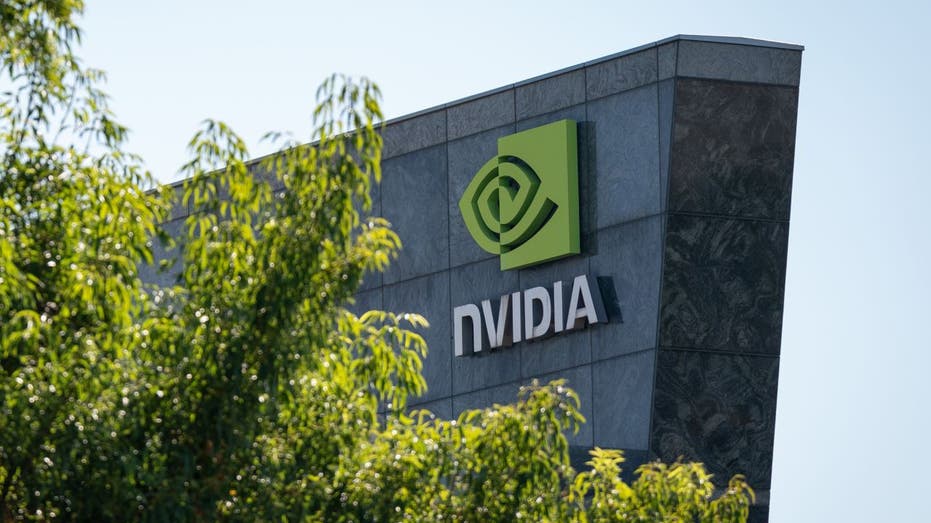Nvidia is reshaping the future of healthcare with artificial intelligence (AI) tools that are transforming nearly every corner of a hospital.
The California-based chipmaker is partnering with companies to integrate AI across medicine, developing technologies that assist surgeons, analyze scans and save doctors hours of paperwork, according to Kimberly Powell, Nvidia’s Vice President of Healthcare.
“We are an AI and accelerated computing platform company,” Powell told FOX Business. “What we do is help other companies provide AI solutions for hospitals themselves. There’s a lot going on and a lot of incredible opportunities.”
NVIDIA LEADS AMERICA’S AI ‘INDUSTRIAL REVOLUTION’ WITH MAJOR MANUFACTURING MOVE
With the World Health Organization projecting a shortage of 11 million healthcare workers by 2030, Powell said AI will be critical to meeting growing demand.
“It’s very clear that demand for healthcare services is far outstripping the supply of healthcare professionals,” she said.
Nvidia is pushing deeper into “physical AI,” where AI takes on a physical embodiment, such as a robot that can help with real-world tasks, Powell said.
The tech giant is working with GE HealthCare on autonomous X-ray and ultrasound capabilities to expand imaging access in underserved areas and with Moon Surgical, which has created a robotic assistant that can adjust surgical cameras in real time.
“They’re able to essentially move that camera into view of where the surgeon is with his or her tools,” Powell said. “This is the first time we’ve ever had AI actually moving the robots.”
Nvidia is also working with Johnson & Johnson to create virtual operating room environments that can “simulate how a robot would work inside a virtual world before it ever gets deployed in the real world,” Powell said.
NVIDIA TO INVEST UP TO $100B IN OPENAI

Delivery robots are also being used to transport supplies, lightening the workload for nurses, she said.
Beyond robotics, Nvidia’s technology is powering software that’s helping doctors avoid burnout, according to Powell.
Abridge developed a voice app that records and transcribes doctor-patient conversations to automatically generate medical notes.
“Rather than your doctor sitting there typing, instead of having eye contact with you, it’s able to capture all of that automatically,” Powell said. “They’re helping doctors create medical notes, saving something like 30% of their time in a day.”
OpenEvidence, dubbed the “ChatGPT for medicine,” aggregates medical research to help doctors answer clinical questions.

CHINA SAYS NVIDIA VIOLATED ANTITRUST LAW
Meanwhile, Aidoc can analyze radiology images to help detect strokes and other critical conditions more quickly.
“Every second of stroke actually causes more and more brain damage,” Powell said. “And so they have these essentially visual agents working in the background, being able to look at every image through the system and looking for acute things like that, so we can triage patients faster.”
To address safety concerns, Powell said Nvidia and its partners design systems with multiple layers of guardrails.
“You could ask it a question like, ‘Can you tell me if there are any abnormalities in this X-ray?'” Powell said. “And it will go through the exact chain of thought that a radiologist was taught in their schooling, and they will read it out for you.”

Looking ahead, Powell sees the hospital of the future as an intelligent network of AI that senses, analyzes and automates operations in real time.
“The whole thing is going to be an AI,” she said.
For those who may feel uncomfortable with the idea of AI in medicine, Powell said the technology is meant to assist human professionals, not replace them.
“There’s still human healthcare professionals in the loop,” she said. “For people who might feel slightly uncomfortable with the digital experience, I think they should really see it as a helper.”
Read the full article here













